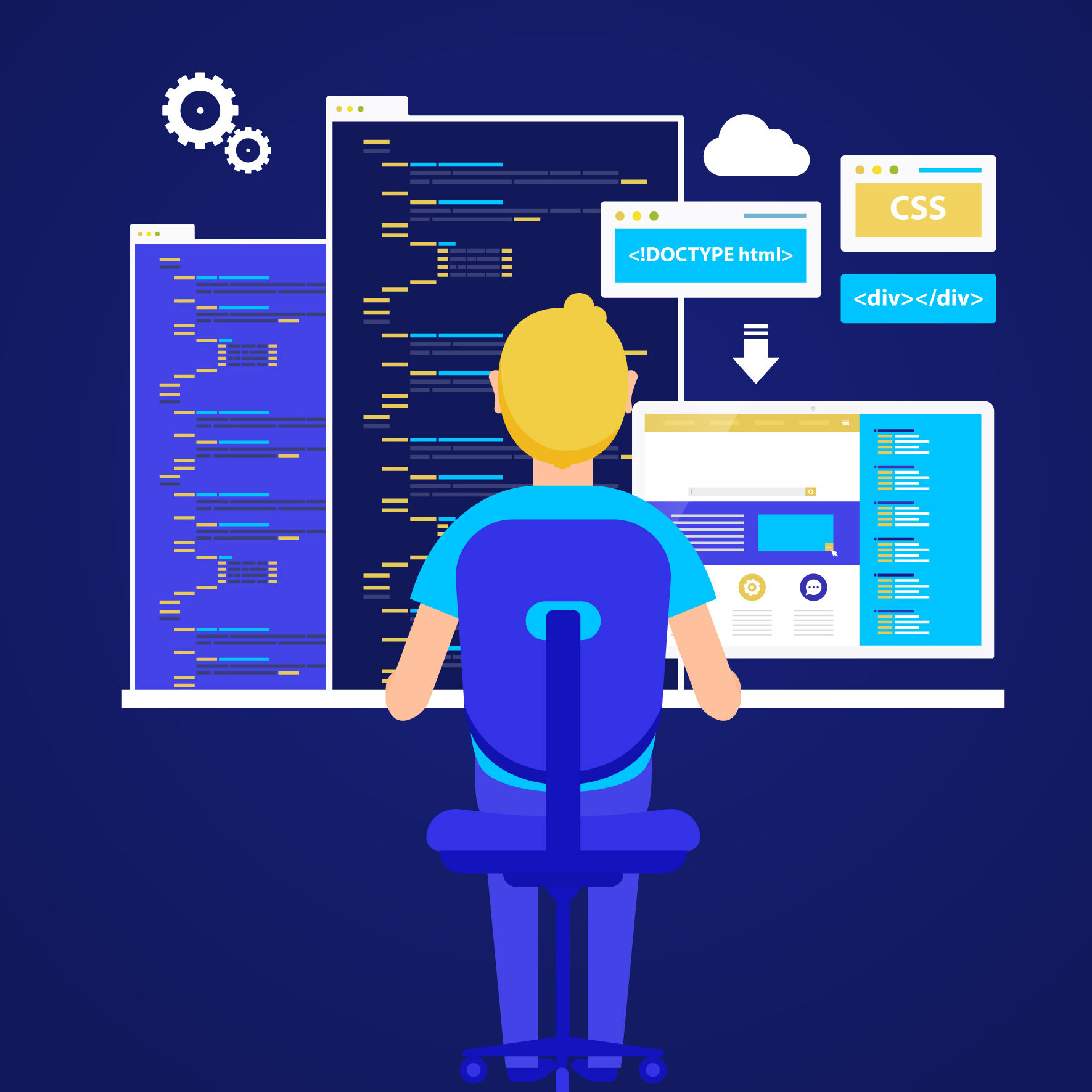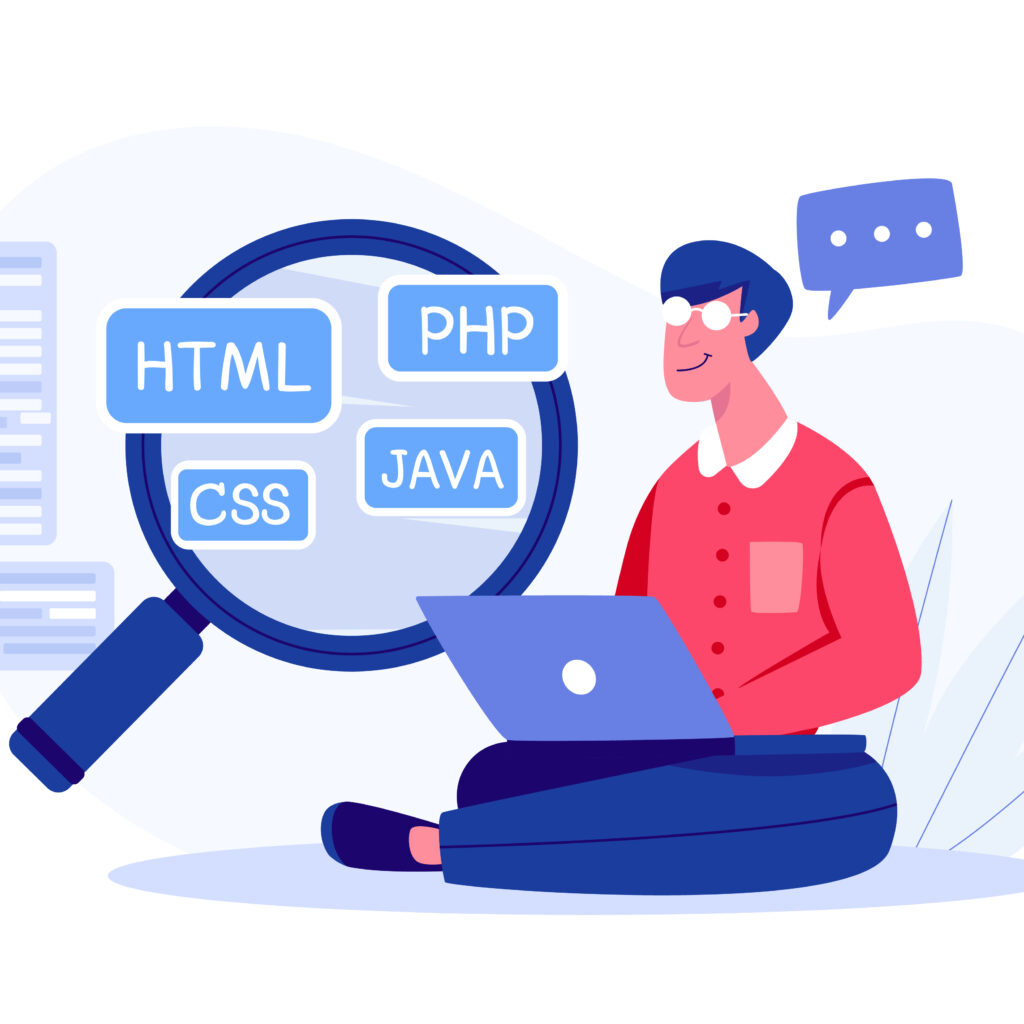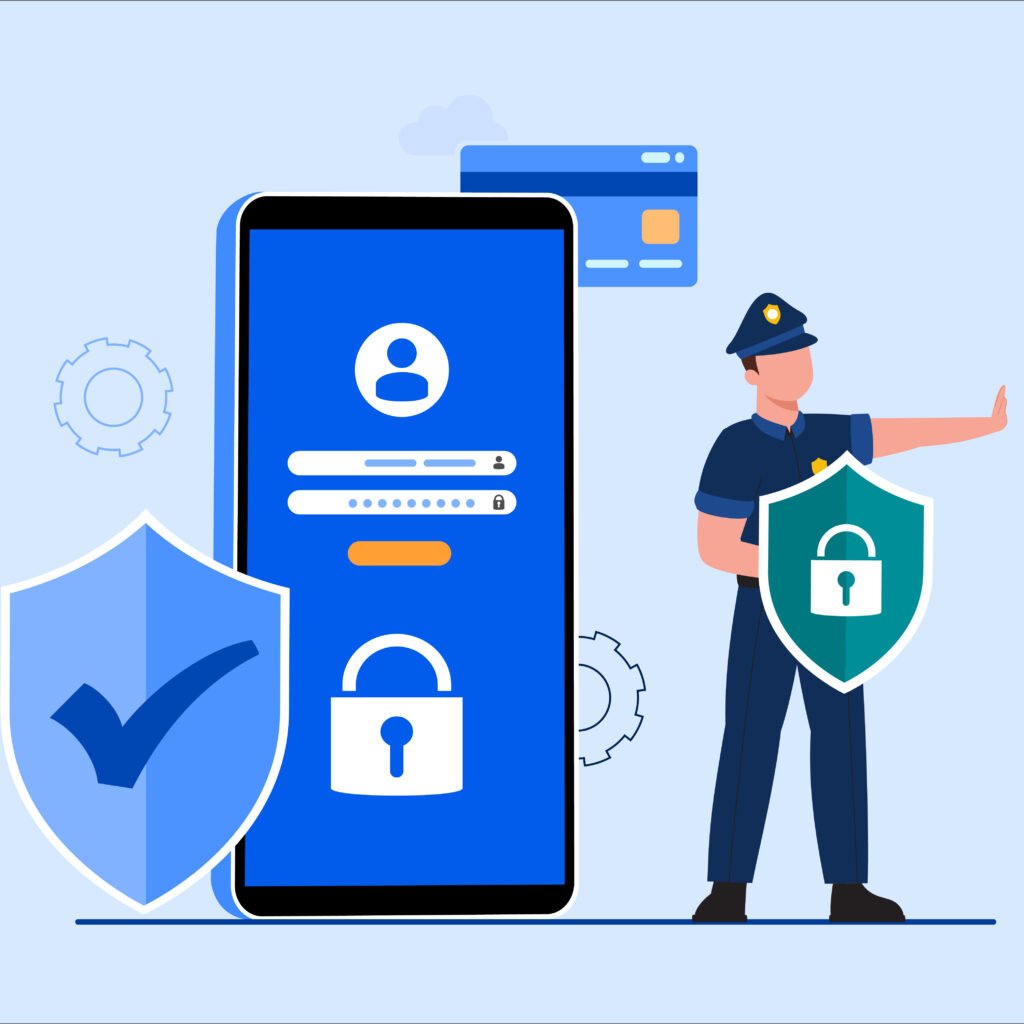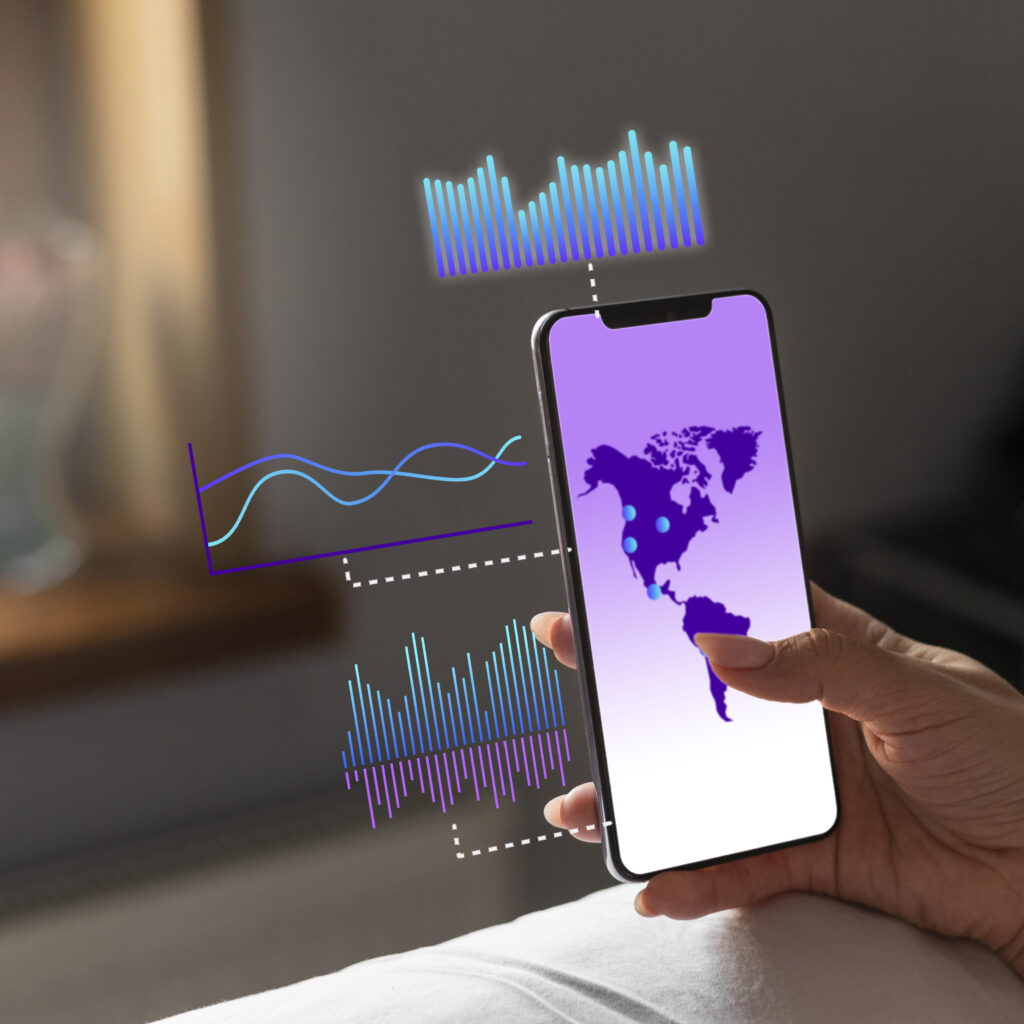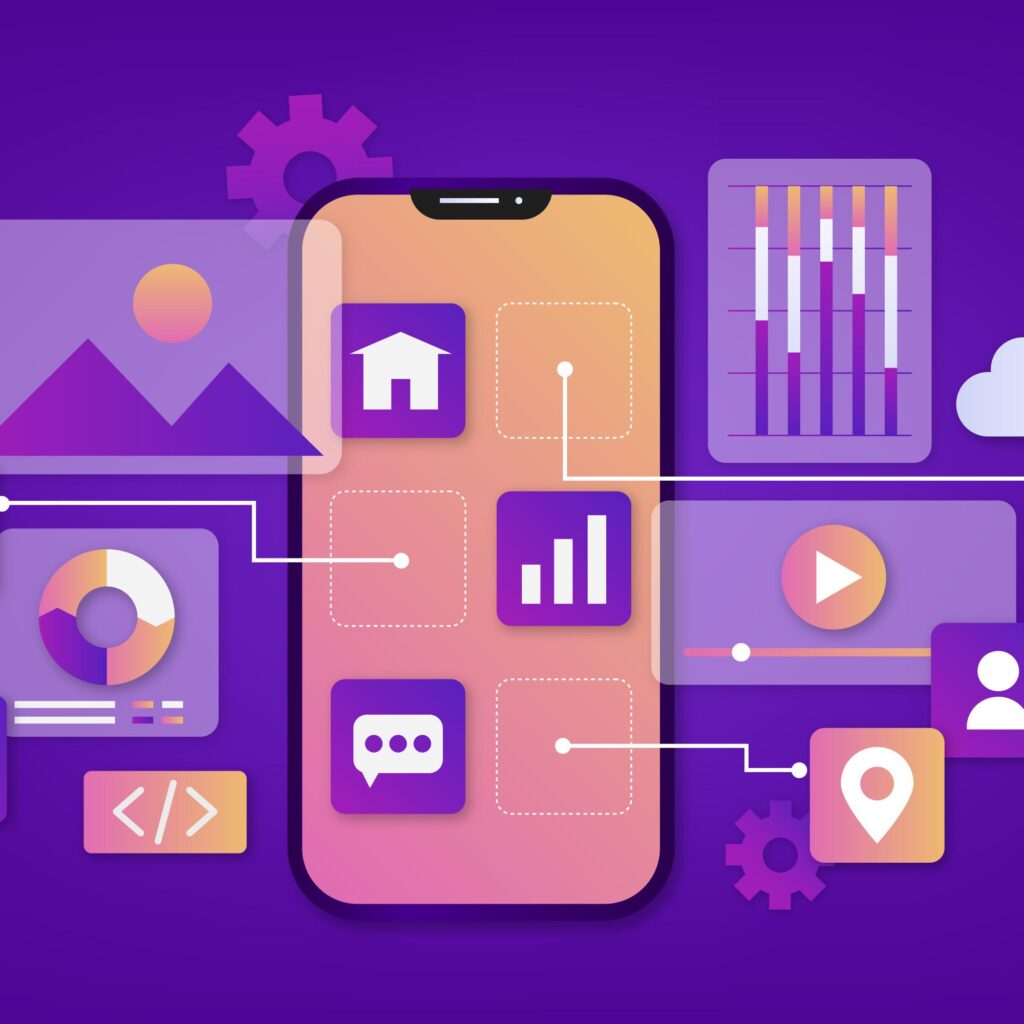Testing and debugging are essential stages in the application development process to ensure the quality and functionality of your software. In this blog, we will provide you with a comprehensive guide on how to test and debug your applications effectively. From test planning to bug tracking, we will cover actionable tips, engaging anecdotes, and punchy language to keep you hooked and deliver a memorable reading experience.
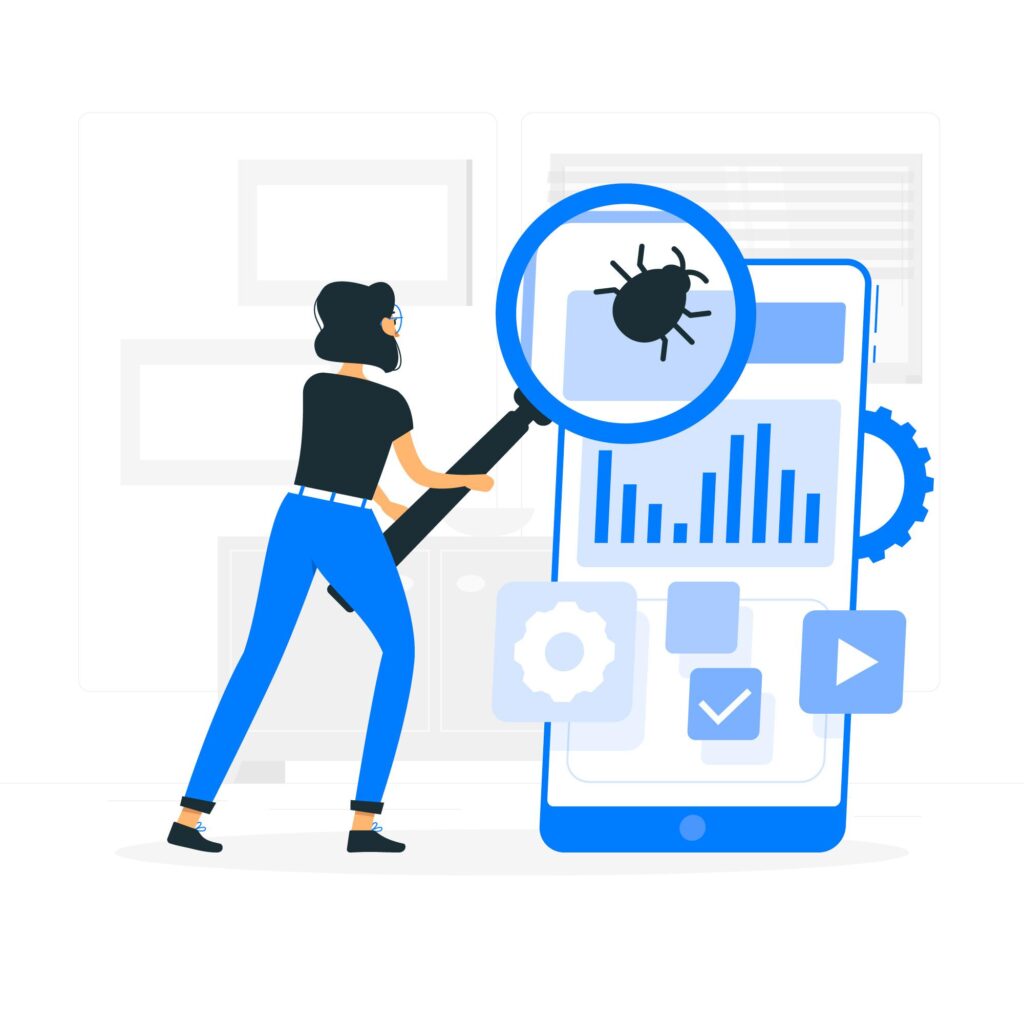
The Importance of Testing and Debugging
Testing and debugging are crucial for identifying and resolving issues in your application. By conducting thorough tests and efficient debugging, you can deliver a high-quality, bug-free application to your users. This section highlights the importance of these processes and emphasizes the benefits of investing time and effort in testing and debugging.
Test Planning – Strategizing for Success
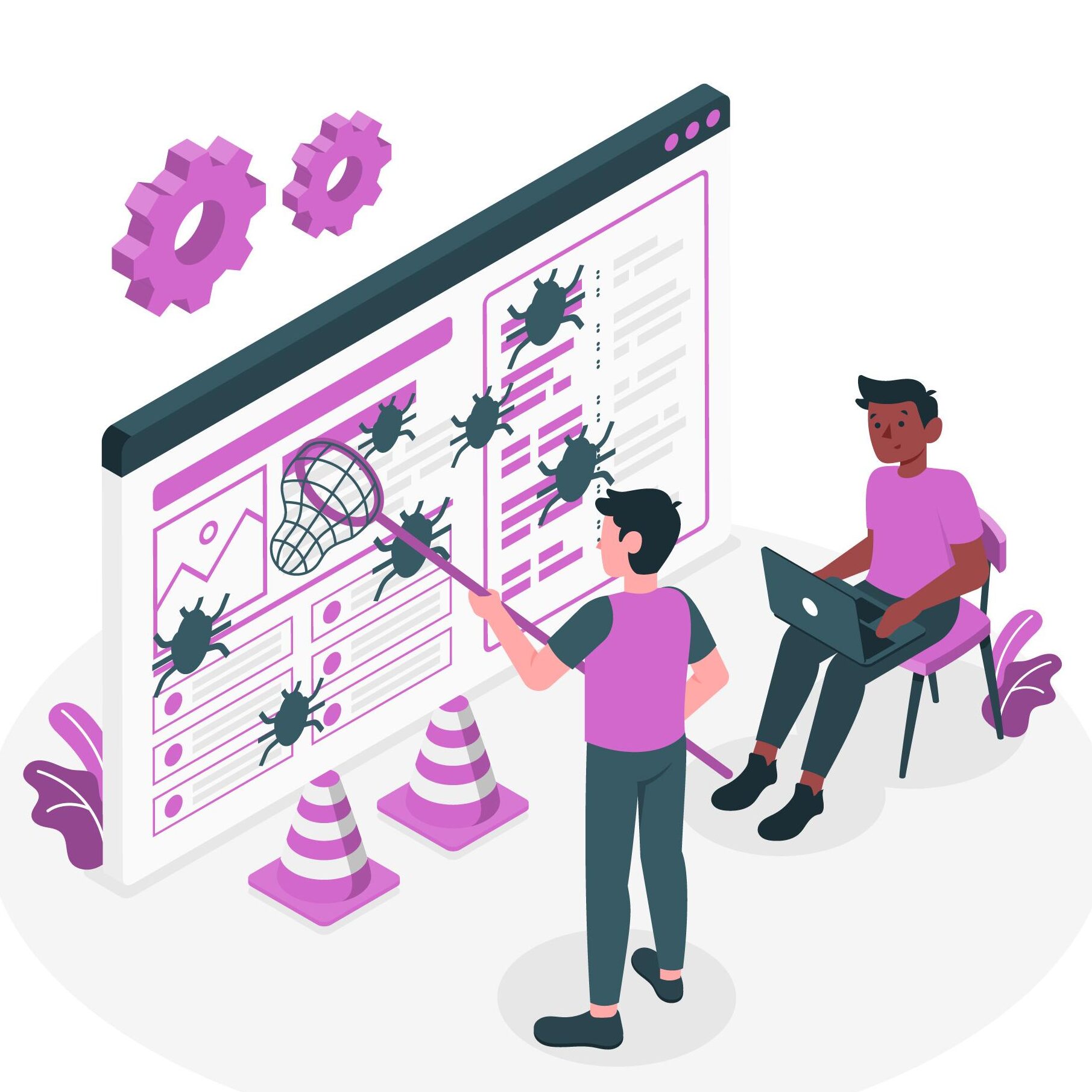
Test planning sets the foundation for effective testing. Create a comprehensive test plan that outlines your testing objectives, test cases, and testing methods. By defining clear testing goals and strategies, you can ensure that all aspects of your application are thoroughly tested, minimizing the risk of bugs and performance issues.
Test Types and Techniques – Covering All Bases
There are various test types and techniques to consider when testing your application. From unit testing to integration testing, regression testing, and user acceptance testing, each type serves a specific purpose in the testing process. Explore these test types and techniques and understand how they can help you uncover and address potential issues.
Test Automation – Boosting Efficiency
Test automation can significantly enhance your testing process by automating repetitive tasks and reducing human error. Implementing test automation tools and frameworks can save time, improve test coverage, and ensure consistent test results. Learn about popular automation tools and frameworks and explore how they can streamline your testing efforts.
Bug Tracking and Management – Taming the Glitches
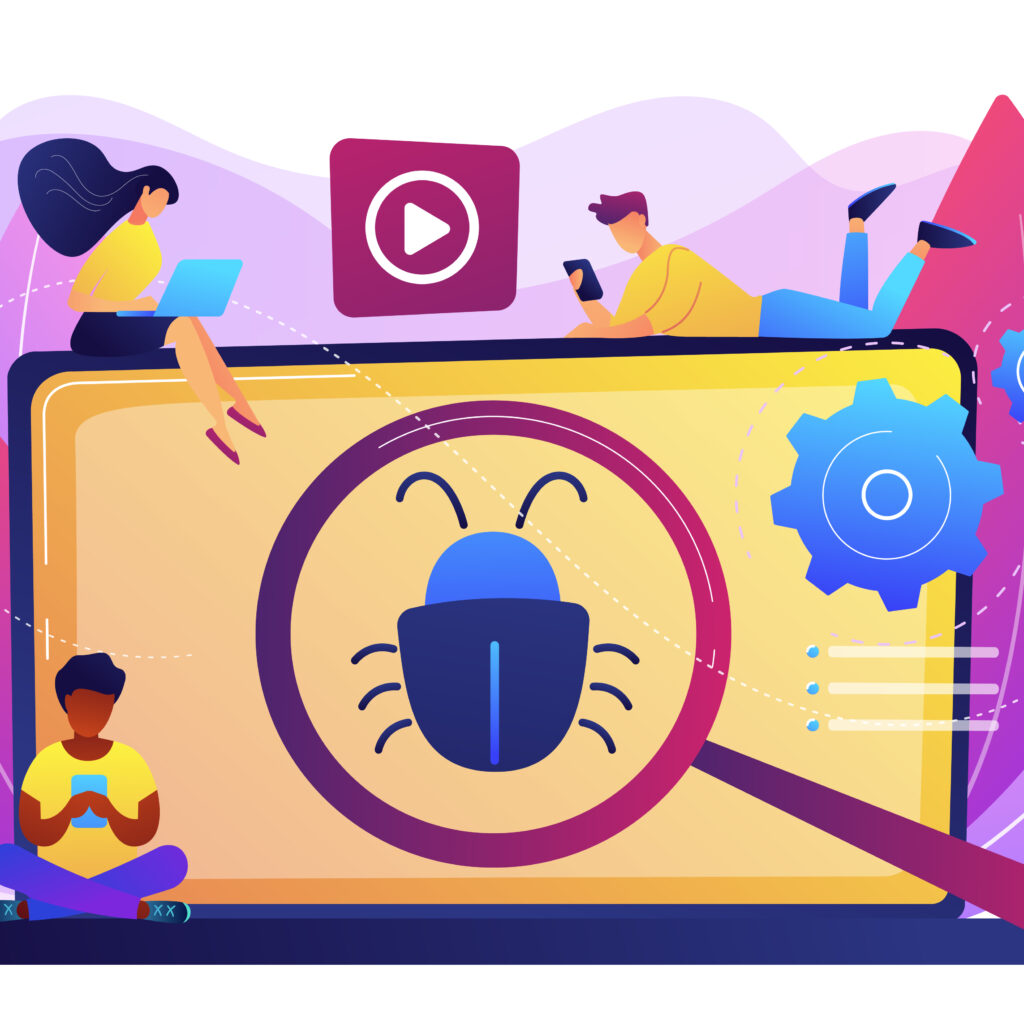
Bug tracking and management are essential for effective debugging. Implement a robust bug tracking system that allows you to document, prioritize, and track bugs throughout the development cycle. By centralizing bug information, collaborating with your team, and resolving issues systematically, you can ensure a smooth debugging process.
Effective Debugging Techniques – Unraveling the Mysteries
Debugging is an art that requires a systematic approach and effective techniques. Explore various debugging techniques, such as logging, breakpoints, and code analysis, to identify and fix issues efficiently. Learn how to leverage debugging tools and best practices to uncover the root causes of bugs and ensure a smooth application flow.
Collaborative Debugging – Teamwork for Success
Debugging is not a solitary endeavor. Foster a collaborative debugging environment by encouraging open communication and knowledge sharing among team members. Through effective collaboration, you can leverage diverse perspectives and expertise to solve complex issues and accelerate the debugging process.
Continuous Integration and Continuous Testing
Continuous Integration (CI) and Continuous Testing (CT) practices enable developers to continuously integrate code changes and run tests in an automated and seamless manner. Implementing CI/CT pipelines allows for early bug detection, faster feedback loops, and better overall software quality. Learn how to integrate CI/CT practices into your development workflow for more efficient testing and debugging.
Performance Testing – Optimizing App Performance
Performance testing is crucial for ensuring your application can handle real-world scenarios and user loads. Explore performance testing techniques, such as load testing and stress testing, to identify performance bottlenecks and optimize your application’s speed and responsiveness.
Security Testing – Safeguarding Your App
Security testing is essential to protect your application and user data from potential vulnerabilities. Learn about different security testing techniques, including penetration testing and vulnerability scanning, to identify and address security risks effectively. By prioritizing security testing, you can ensure a secure and trustworthy application.
Conclusion
Testing and debugging are indispensable processes in application development. By following the guidelines provided in this blog, you can enhance your testing and debugging practices, leading to higher quality and more reliable applications. From test planning and automation to effective debugging techniques and collaborative approaches, these actionable tips will empower you to deliver exceptional software and keep your users satisfied. Embrace testing and debugging as essential steps in your development journey, and reap the rewards of a robust and successful application.

